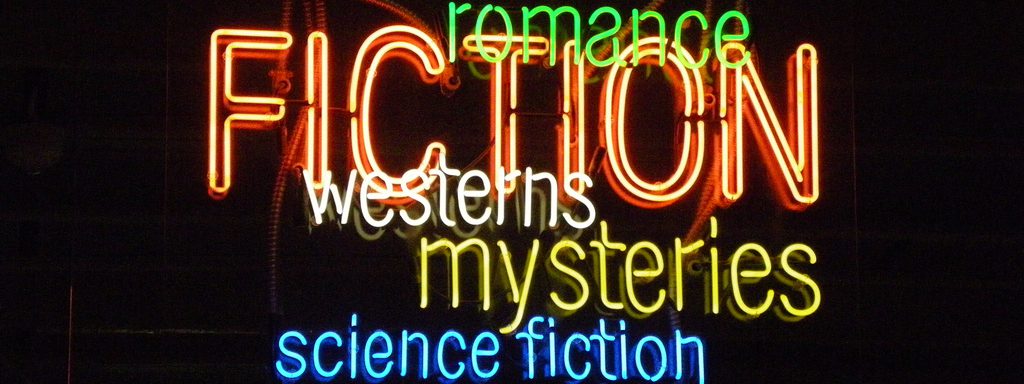In the scene in Quicksand in which Axel Olsen proposes marriage to Helga Crane, she lets him know that she was aware of the less formal relationship he had hinted at. Re-read the following passages from Chapter 15 and respond here with a comment to one or more of the passages below:
P. 116:
She said coldly: “Because, Herr Olsen, in my country the men, of my race, at least, don’t make such suggestions to decent girls. And thinking that you were a gentleman, introduced to me by my aunt, I chose to think myself mistaken, to give you the benefit of the doubt.”
“Very commendable, my Helga–and wise. Now you have your reward. Now I offer you marriage.”
“Thanks,” she answered, “thanks awfully.”
“Yes…Yes, because I, poor artist that I am, cannot hold out against the deliberate lure of you. You disturb me. The longing for you does harm to my work. You creep into my brain and madden me,” and he kissed the small ivory hand. Quite decorously, Helga thought, for one so maddened that he was driven, against his inclination, to offer marriage.
P. 117:
“You know, Helga, you are a contradiction. You have been, I suspect, corrupted by the good Fru Dahl, which is perhaps as well. Who knows? You have the warm impulsive nature of the women of Africa, but, my lovely, you have, I fear, the soul of a prostitute. You sell yourself to the highest buyer. I should of course be happy that it is I. And I am.” He stopped, contemplating her, lost apparently, for the second, in pleasant thoughts of the future.
To Helga he seemed to be the most distant, the most unreal figure in the world. She suppressed a ridiculous impulse to laugh. The effort sobered her. Abruptly she was aware that in the end, in some way, she would pay for this hour. A quick brief fear ran through her, leaving in its wake a sense of impending calamity. She wondered if for this she would pay all that she’d had.
And, suddenly, she didn’t at all care. She said, lightly but firmly: “But you see, Herr Olsen, I’m not for sale. Not to you. Not to any white man. I don’t at all care to be owned. Even by you.
P. 118
But more gently, less indifferently, she said: “You see, I couldn’t marry a white man, I simply couldn’t. It isn’t just you, not just personal, you understand. It’s deeper, broader than that. It’s racial. Someday maybe you’ll be glad. We can’t tell, you know; if we were married, you might come to be ashamed of me, to hate me, to hate all dark people. My mother did that.”
“I have offered you marriage, Helga Crane, and you answer me with some strange talk kof race and shame. What nonsense is this?”
Helga let that pass because she couldn’t, she felt, explain. It would be too difficult, too mortifying. She had no words which could adequately, and without laceration to her pride, convey to him the pitfalls into which very easily they might step. “I might,” she said, “have considered it once–when I first came. But you, hoping for a more informal arrangement, waited too long, You missed the moment. I had time to think. now I couldn’t. Nothing is worth the risk. We might come to hate each other. I’ve been through it, or something like it. I know. I couldn’t do it. And I’m glad.”



